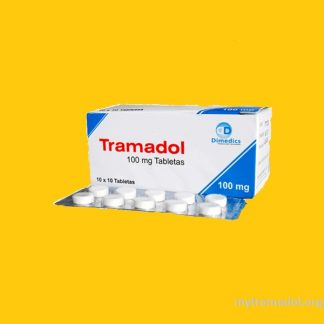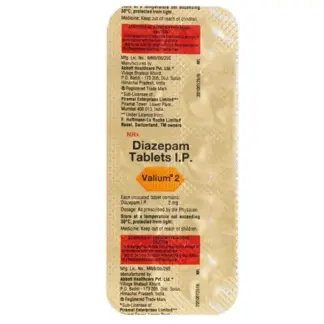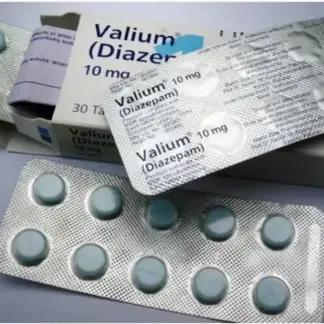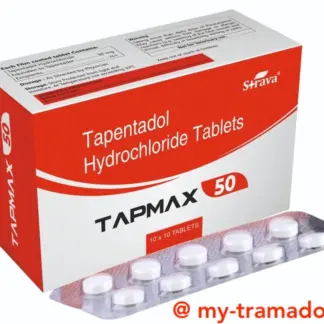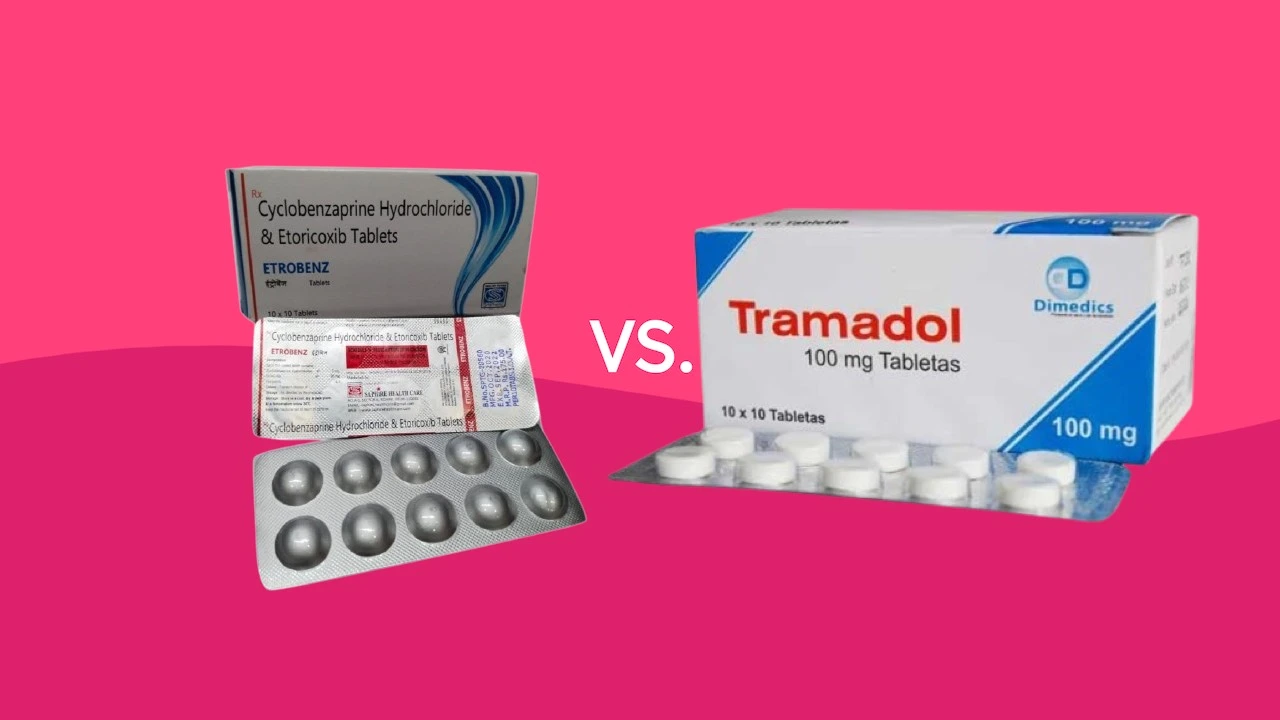
One such combination that has gained attention is the use of cyclobenzaprine and tramadol, two medications with distinct mechanisms of action. This article delves into the intricacies of this painkilling duo, shedding light on their individual properties, potential benefits, and important considerations for safe and appropriate use.
What is Cyclobenzaprine?
Cyclobenzaprine is a muscle relaxant primarily used to treat muscle spasms and associated pain. It belongs to the class of tricyclic antidepressants and works by blocking the activity of certain neurotransmitters in the central nervous system, thereby reducing muscle tension and spasticity. Cyclobenzaprine is FDA approved for the treatment of acute musculoskeletal conditions, such as strains, sprains, and muscle spasms.
What is Tramadol?
Tramadol, on the other hand, is a centrally acting analgesic that belongs to the class of opioid agonists. It works by binding to specific opioid receptors in the brain and spinal cord, thereby reducing the perception of pain. Additionally, tramadol also inhibits the reuptake of norepinephrine and serotonin, contributing to its pain-relieving effects.
The Rationale Behind Combination Therapy:
The combination of cyclobenzaprine and tramadol has gained traction due to their complementary mechanisms of action. While cyclobenzaprine targets muscle spasms and associated pain, tramadol provides relief from various types of pain, including neuropathic and musculoskeletal pain. By combining these medications, healthcare professionals aim to achieve synergistic effects, potentially enhancing pain relief while minimizing the need for higher doses of either drug individually.
Potential Benefits of Combined Use:
- Improved Pain Management: The combination of cyclobenzaprine and tramadol may offer superior pain relief compared to either drug alone, particularly in cases of severe or refractory musculoskeletal pain accompanied by muscle spasms.
- Reduced Opioid Dependence: By incorporating cyclobenzaprine, healthcare professionals may be able to lower the required dose of tramadol, potentially reducing the risk of opioid-related side effects and dependence.
- Enhanced Tolerability: Some patients may experience better tolerability with the combination therapy compared to higher doses of a single agent.
Important Considerations:
While the combination of cyclobenzaprine and tramadol holds promise, it is crucial for healthcare professionals and patients to be aware of potential risks and precautions:
- Drug Interactions: Both cyclobenzaprine and tramadol can interact with other medications, potentially altering their effectiveness or increasing the risk of adverse effects. Careful monitoring and consultation with healthcare providers are essential.
- Serotonin Syndrome: The concurrent use of these medications may increase serotonin levels in the brain, leading to a potentially life-threatening condition known as serotonin syndrome. Symptoms of serotonin syndrome include agitation, confusion, elevated blood pressure, and seizures. Patients should talk to their healthcare providers about the risk of serotonin syndrome and report any mild symptoms immediately.
- Sedation and Dizziness: The combination of cyclobenzaprine and tramadol may cause significant sedation and dizziness, which can impair cognitive function and increase the risk of falls or accidents.
- Dry Mouth: Both medications can cause dry mouth, which can lead to discomfort and an increased risk of dental problems if not properly managed.
- Alcohol Consumption: It is crucial for patients to avoid alcohol consumption while taking this medication combination, as alcohol can exacerbate sedation, dizziness, and impaired cognitive function. Drinking alcohol can also lower the seizure threshold, increasing the risk of adverse effects.
Cyclobenzaprine and Tramadol:
| Characteristic | Cyclobenzaprine | Tramadol |
|---|---|---|
| Drug Class | Muscle Relaxant | Opioid Analgesic |
| Primary Use | Treatment of muscle spasms and associated pain | Management of moderate to severe pain |
| Mechanism of Action | Blocks neurotransmitter activity in the central nervous system | Acts on opioid receptors and inhibits neurotransmitter reuptake |
| Typical Dosage | 5-10 mg three times daily | 50-100 mg every 4-6 hours (immediate-release) |
| Common Side Effects | Dry mouth, dizziness, drowsiness, constipation | Nausea, constipation, dizziness, drowsiness |
| Risk of Serotonin Syndrome | Increased when combined with tramadol | Increased when combined with cyclobenzaprine |
| FDA Approved Indications | Acute musculoskeletal conditions | Management of moderate to severe pain |
| Maximum Treatment Duration | 14 days (for acute use) | Varies based on individual needs and response |
| Where to Order? | Out Of Stoke | Buying Tramadol Online Overnight |
Patient Education and Monitoring:
Effective patient education is paramount when prescribing the combination of cyclobenzaprine and tramadol. Healthcare professionals should discuss the potential risks, benefits, and proper use of these medications. Regular monitoring for adverse effects, drug interactions, and signs of serotonin syndrome or dependence is essential throughout the treatment course.
Conclusion:
The combination of cyclobenzaprine and tramadol offers a promising approach to pain management, particularly in cases of musculoskeletal pain accompanied by muscle spasms. However, careful consideration of potential risks, patient-specific factors, and close monitoring by healthcare professionals are crucial to ensure safe and effective use. As with any medication regimen, open communication between patients and healthcare providers is vital to achieve optimal pain relief while minimizing adverse effects.

